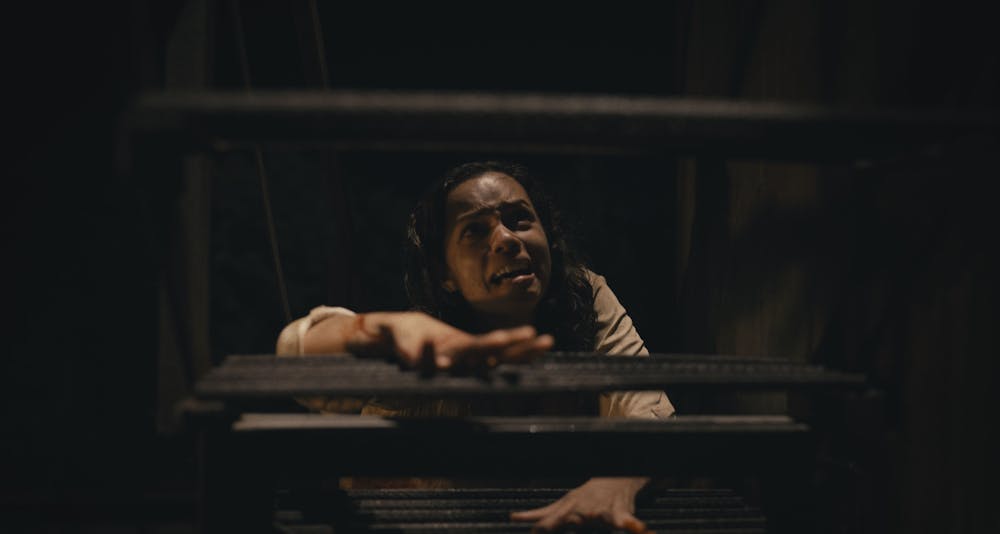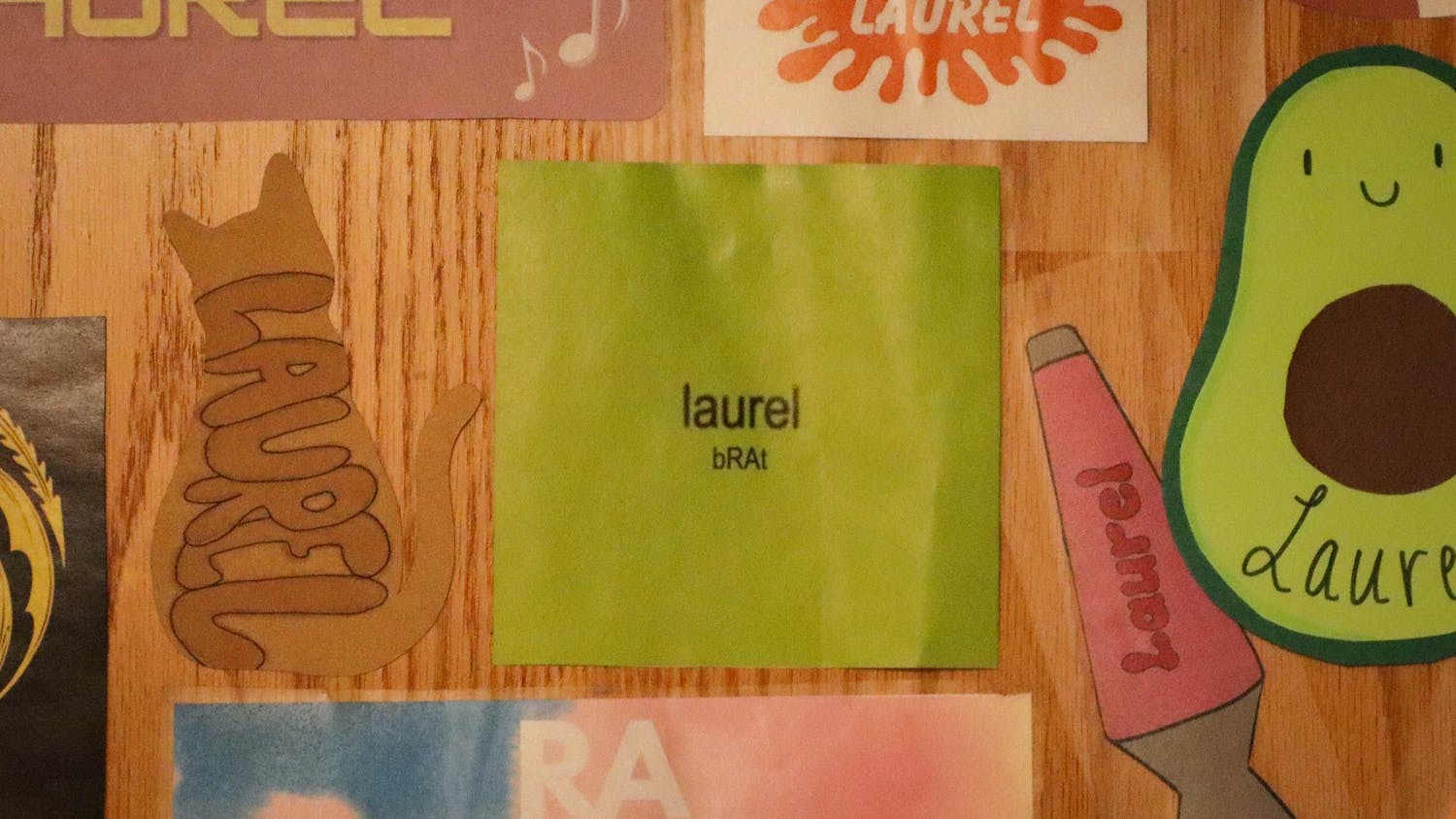October is back and there has never been a better time to sit down with a bucket of popcorn and watch a horror movie. To celebrate, here are some performances from women of color that make an already impressive film worth seeing:
Cynthia Bond in “Def by Temptation” (1990)
James Bond III’s “Def by Temptation” follows a beautiful and mysterious temptress who feeds on young men in New York City, played by Cynthia Bond.
She shifts through a range of personalities in the film, playing a seductive and assertive woman in one scene, and doting sweetheart in another. Her performance lingers on an answer, leaving the audience wondering what is going on and where she came from, but it is never revealed. From the moment Bond enters a scene, you feel a nefarious energy radiating from her character, with no real clue as to why (until you get a bloody awakening). “Def by Temptation” is entertaining chaos made stronger through Bond’s insistence on perfecting the role. If you’re interested in checking it out, it can be found on Prime Video.
Kimiko Ikegami in “House” (1977)
Nobuhiko Ôbayashi's "House” is unlike any film I have ever seen and Kimiko Ikegami’s performance is a big part of what makes it so special.
The movie begins with clips of friends fading in and out in a haze, and we are slowly introduced to each character. Each character’s name reveals an aspect of their personality — for instance, they refer to their delusional friend who indulges in the occasional daydream as “Fantasy.” Ikegami is known as “Gorgeous.” The group of young girls go to Gorgeous’ aunt’s house for a summer trip, as their initial plans were cancelled and Gorgeous is escaping reality at home. When they arrive, strange happenings begin to occur, leading them to suspect a sinister energy within the house. Ikegami’s persistence to remain optimistic along with a mysterious shift in her demeanor toward the end of the movie require her to play two seemingly separate characters. Her talents in “House” know no bounds. If you consider yourself a horror fanatic, add the film to your watchlist. It can be found on Max and The Criterion Channel.
Anna Diop in “Nanny” (2022)
Nikyatu Jusu’s directorial debut “Nanny” stars Anna Diop in the role of Aisha, a mother who moved to the United States to work as a nanny. Her end goal is to collect enough money for her son to be able to fly from Senegal and live with her. As she works for a white family, basically raising their daughter, she begins experiencing disturbing imagery and harrowing sounds in her everyday life, leading her and the audience to assume insanity. As the psychological thriller goes on, Diop shows increasing concern, expressing immense guilt for not being with her son while also trying to care for the child in front of her. You can feel consistent panic and grief over a lack of control coming from Diop, effectively illustrating how the woman in the film must feel without her son. “Nanny” went straight to Amazon Prime, so many people may have not watched it, but it is perfect for the Halloween season.
Lupita Nyong’o in “Us” (2019)
Lupita Nyong’o’s performance in Jordan Peele’s “Us” is well-known for the mannerisms she chose to insert into her character Adelaide, a paranoid mom on vacation. She also portrays Adelaide’s murderous doppelganger, Red. Playing two entirely different people throughout the film presents its own challenges, but Nyong’o remains impressively dedicated through it all. She captures the essence of a worried mom attempting to help herself and her family survive through disaster, while also portraying a mastermind dead set on revenge and world domination. In Peele’s fashion, there is a shocking twist at the end of the film that reassures how impressive of a performance Nyong’o can put on, given the complex script and character traits. “Us” can be found on Peacock and Netflix.
Georgina Campbell in Barbarian (2022)
Zach Cregger’s “Barbarian” follows Tess (Georgina Campbell), a woman who decided to book an Airbnb while on a work trip, as she discovers a menacing creature in the basement. The film incites genuine terror as you wonder whether she will live or die, rooting for her the entire way. Campbell remains logical and confident in the face of blood and violence, displaying reasonable reactions in stark contrast with stereotypical scary movie characters. As an audience member, I found myself on the edge of my seat, cheering for her to make it out alive. Campbell wins hearts and minds in “Barbarian,” translating audience reactions and thoughts onto the screen to create a relatable and terrifying performance. “Barbarian” can be found on Hulu and Max.
Roles such as these dating back to the 70s paved the way for the diversity we see in film today. Although there is much more work to do in terms of intersectionality in the movie industry, it is important to veer outside of your comfort zone and check out content from Black, Brown and Asian artists that deserve more commendation than they receive.






